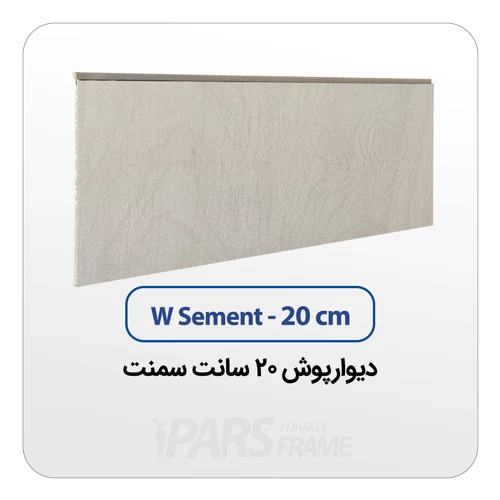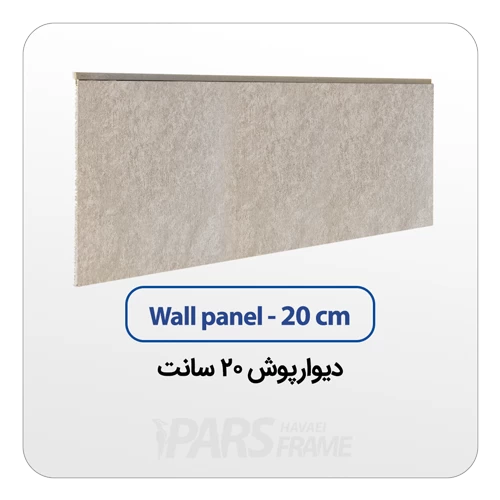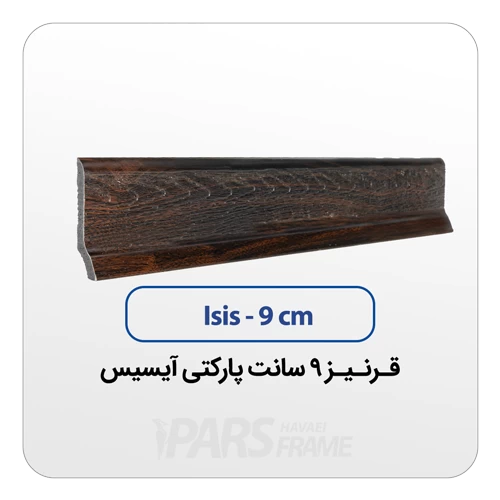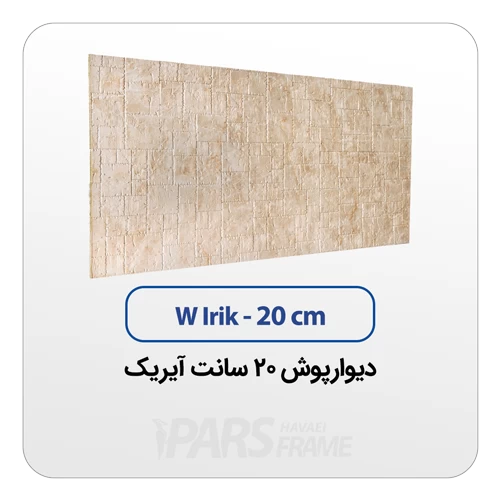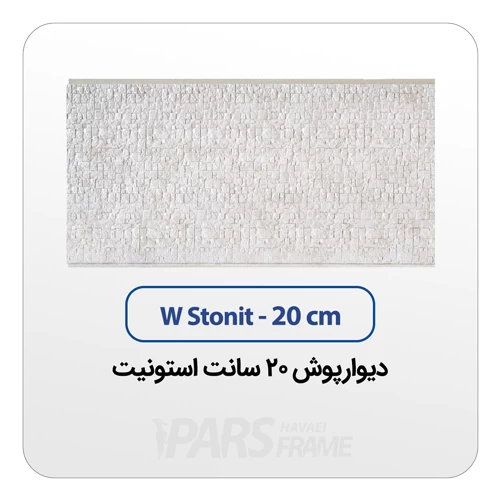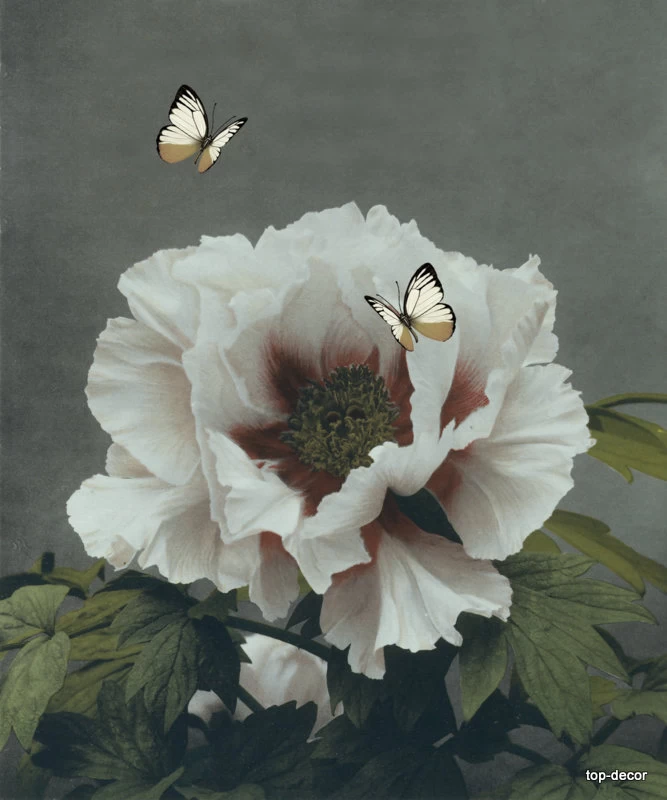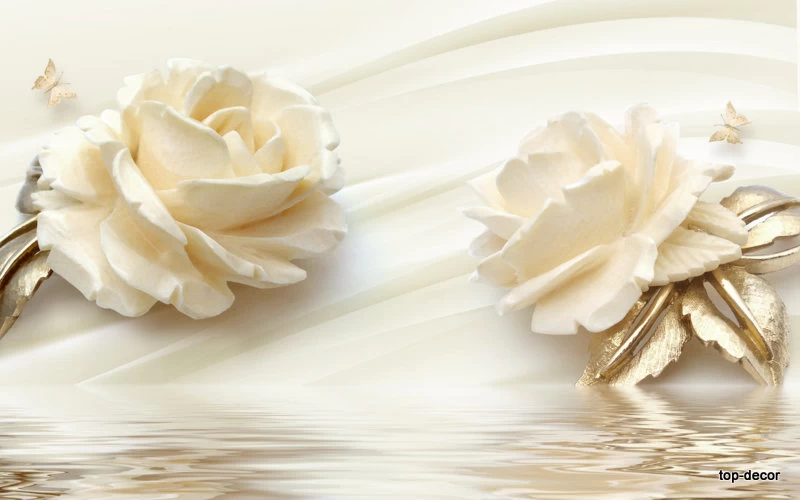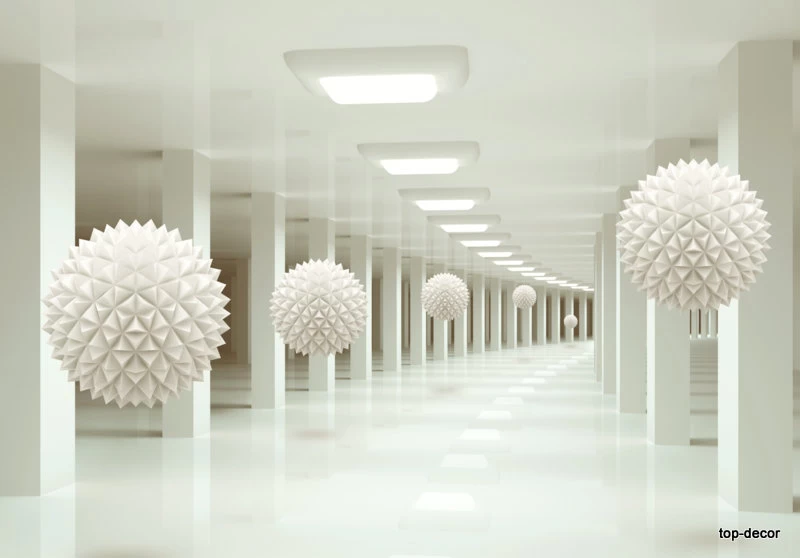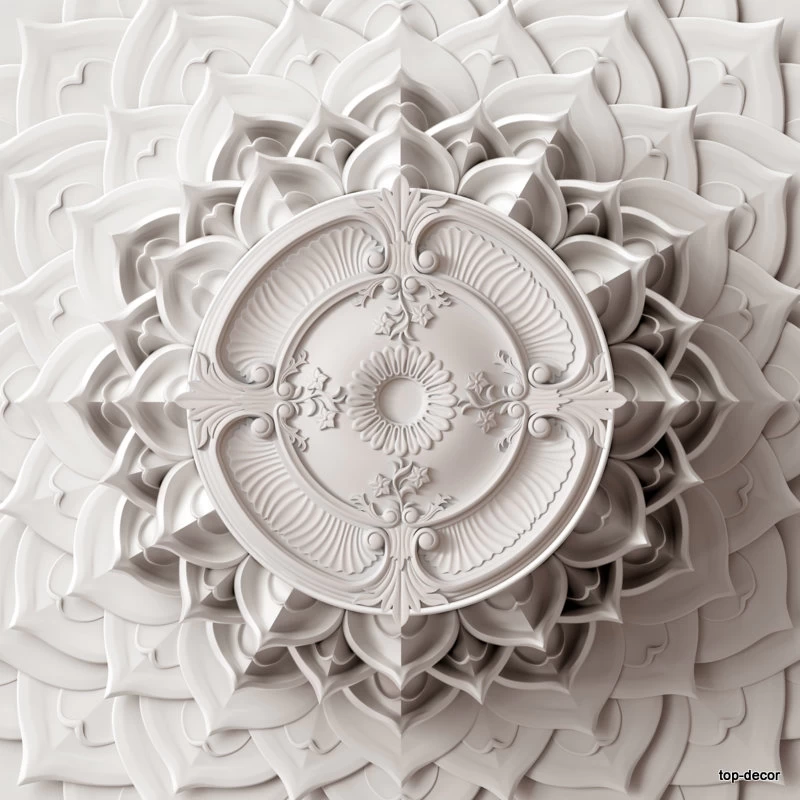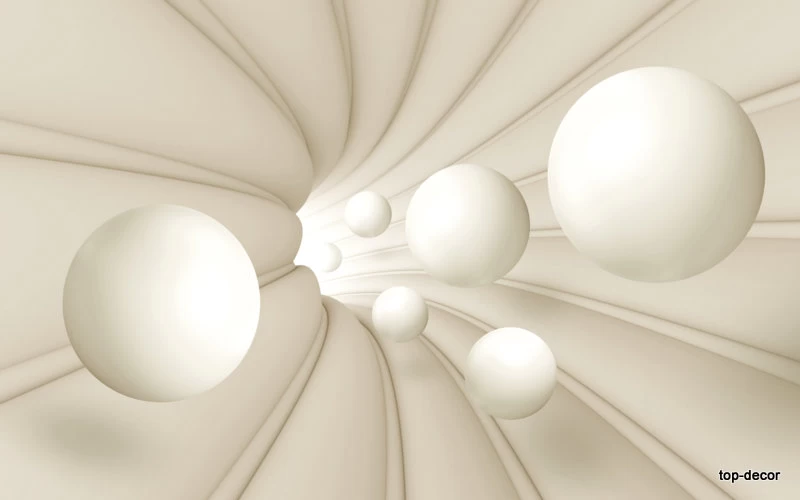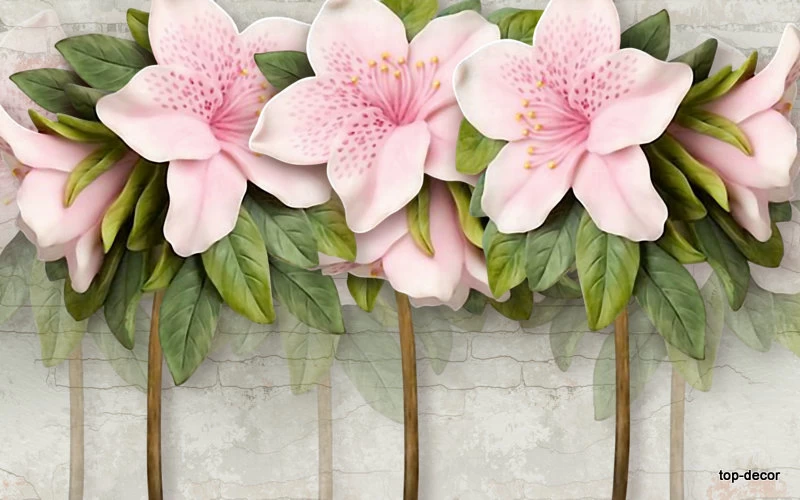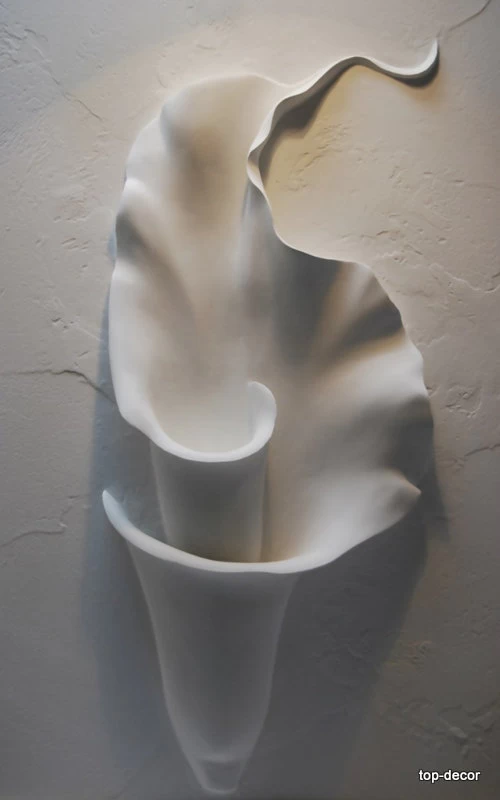Wallpapers/Wall panels
Choosing wallpapers for your house is a great way to enhance its aesthetic appeal. Consider selecting wallpapers that complement your overall interior design theme. Opt for patterns and colors that resonate with your personal style while ensuring they blend well with the furniture and decor in each room. Additionally, textured wallpapers can add depth and visual interest to your walls. Don't forget to balance bold choices with more neutral options for a cohesive look throughout your home.
Wallpapers can be suitable for various places in your house, depending on the design and purpose of each space. Here are some considerations:
1. Living Room: Choose elegant and inviting wallpapers to create a warm atmosphere. Subtle patterns or textured wallpapers work well.
2. Bedroom:Opt for calming and soothing wallpapers to promote relaxation. Soft colors or nature-inspired patterns can be ideal for bedrooms.
3. Dining Room: Consider wallpapers that enhance the dining experience. This could be bold patterns or muted tones, depending on your taste.
4. Kitchen:Use washable and durable wallpapers, as kitchens may have more exposure to moisture and cooking residues. Tile-patterned or vinyl wallpapers can be practical choices.
5. Bathroom: Select moisture-resistant wallpapers designed for bathrooms. Geometric patterns or nature themes can add a stylish touch.
6. Home Office: Choose wallpapers that inspire productivity. Subtle or muted tones can create a focused work environment.
7. Hallways: Consider wallpapers that make a statement since hallways are transitional spaces. Bold patterns or accent wallpapers can add visual interest.
_1710689300.jpg)
Remember to balance your choices throughout the house, maintaining a cohesive theme while allowing each room to have its unique character.
Harmony between wallpapers, furniture, and other decor elements is crucial for a cohesive and visually pleasing interior. Consider the following tips:
1. Color Palette:Ensure that the colors in your wallpaper harmonize with the furniture. A complementary or analogous color scheme can create a unified look.
2. Pattern Coordination:If your wallpaper has a bold pattern, choose furniture with simpler designs to avoid visual overload. Conversely, simple wallpapers can be paired with more intricate furniture.
3. Texture Matching: Coordinate the texture of your wallpaper with furniture materials. For example, if you have a textured wallpaper, choose furniture with similar or complementary textures.
4. Style Consistency: Maintain a consistent design style. Modern wallpapers may pair well with sleek, contemporary furniture, while traditional patterns complement classic or vintage pieces.
5. Scale Consideration: Pay attention to the scale of patterns. Ensure that the scale of your wallpaper complements the scale of your furniture to avoid clashes in visual weight.
6. Contrast: Introduce some contrast for visual interest. If your wallpaper is bold, consider furniture in a contrasting color or style to create a balanced look.
7. Theme Alignment: If there's a specific theme or motif in your wallpaper, echo it subtly in furniture accents or decor items to reinforce the overall theme.
Ultimately, the key is to strike a balance between elements, ensuring they work together harmoniously to create a unified and aesthetically pleasing space.
While it's not strictly necessary to have perfect harmony with every home decor element, achieving a sense of cohesion and balance in your interior design often contributes to a more visually pleasing and comfortable space. Harmony can create a unified and well-thought-out look, enhancing the overall aesthetic appeal of your home. However, there's room for personal taste and creativity, and some intentional contrasts or eclectic combinations can work well if done thoughtfully.
Ultimately, the key is to strike a balance that aligns with your preferences and lifestyle. Whether you aim for complete harmony or a more eclectic style, the most important aspect is that your home decor reflects your personality and makes you feel comfortable and content in your living space.
People choose to put wallpaper on walls for a variety of reasons, ranging from aesthetics to practicality. Wallpaper serves as a versatile and transformative element in interior design, offering numerous benefits that contribute to the overall ambiance of a space.
Firstly, wallpapers provide an opportunity to express personal style and creativity. With an extensive range of colors, patterns, and textures available, individuals can choose wallpapers that resonate with their tastes and complement the desired theme of a room. This versatility allows for a level of customization that might be challenging to achieve with paint alone.
Beyond aesthetics, wallpapers offer practical advantages. They can effectively cover imperfections on walls, creating a smooth and polished appearance. This makes them particularly appealing for older homes or spaces with uneven surfaces. Additionally, wallpapers are often easier to clean than painted walls, making them a practical choice for high-traffic areas or rooms prone to dirt and stains.
Wallpapers can also be used strategically to define and delineate spaces within a home. Accent walls with bold or textured wallpapers can draw attention to specific architectural features or create focal points in rooms. Moreover, they contribute to the overall ambiance of a space by influencing its perceived size, warmth, and mood.

In recent years, advancements in wallpaper technology have expanded the range of options available. Self-adhesive and removable wallpapers, for instance, provide a temporary and less commitment-heavy way to experiment with different designs.
In essence, people choose to put wallpaper on walls not only for its decorative potential but also for its ability to enhance the functionality of a space. From adding personality to covering flaws, wallpapers have become a versatile and popular choice in interior design.
Wallpapers can be suitable for various places in your house, depending on the design and purpose of each space. Here are some considerations:
_1710689300.jpg)
Harmony between wallpapers, furniture, and other decor elements is crucial for a cohesive and visually pleasing interior. Consider the following tips:
People choose to put wallpaper on walls for a variety of reasons, ranging from aesthetics to practicality. Wallpaper serves as a versatile and transformative element in interior design, offering numerous benefits that contribute to the overall ambiance of a space.

FAQs
What walls are best for wallpaper?
Smooth drywall, plastered walls, prepasted walls, primed walls, painted walls (in good condition), and textured walls (with appropriate textured or embossed wallpaper.
How do I choose wall wallpaper?
Consider your personal style, the room's purpose, and existing decor. Factor in color preferences, patterns, and the desired mood. Test samples and ensure harmony with furniture and lighting.
What is the life of wallpaper?
The lifespan of wallpaper varies based on quality, usage, and maintenance. Generally, well-installed and cared-for wallpaper can last 7 to 15 years or more.
What is easier wallpaper or paint?
Painting is generally considered easier than wallpapering. It's less time-consuming, requires fewer tools, and is more forgiving of mistakes.
 +7929688-88-14
+7929688-88-14

 English
English
 Persian
Persian
 Russian
Russian
 Chinese
Chinese


 +7929688-88-14
+7929688-88-14

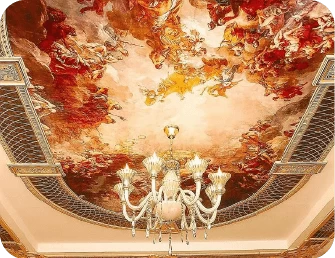
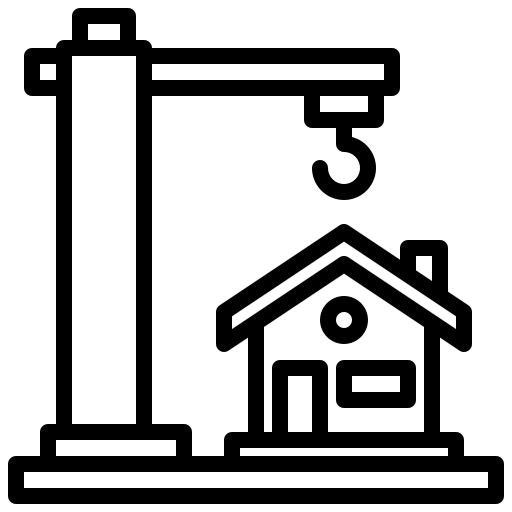
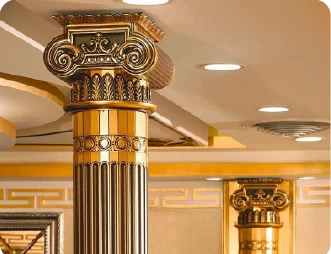
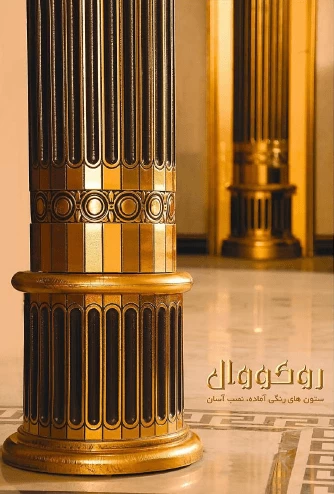
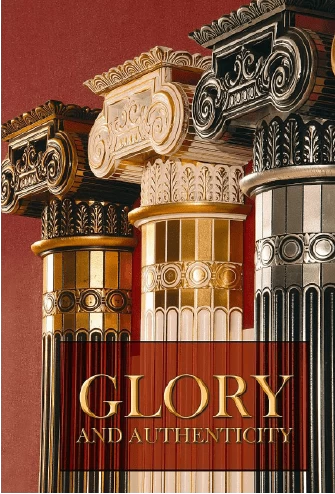
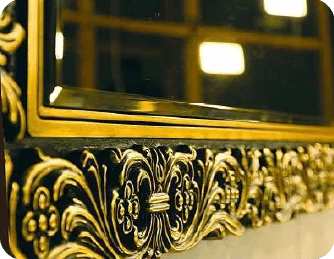
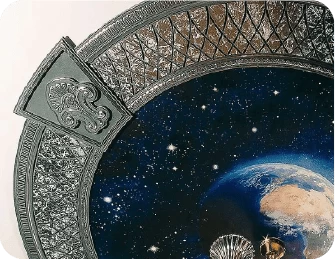


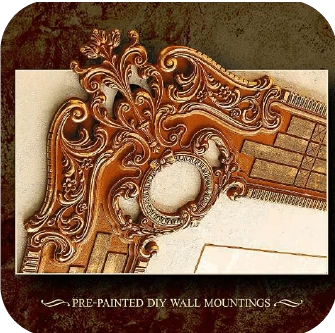
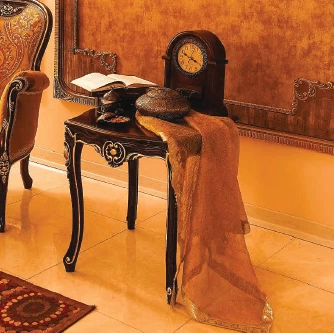
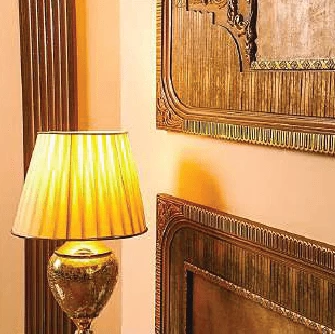
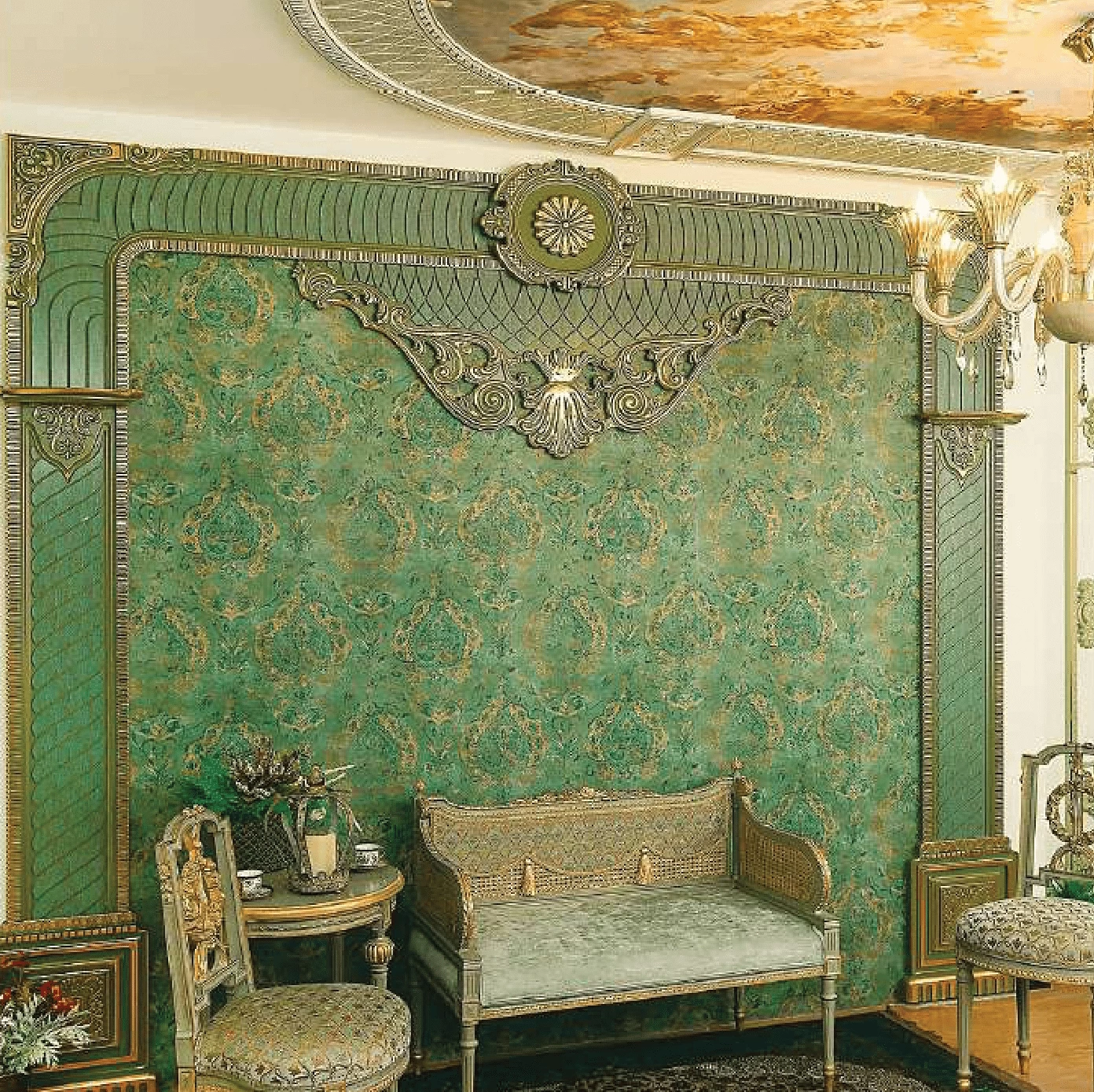

.webp)

